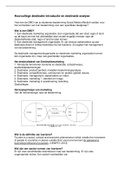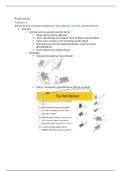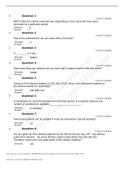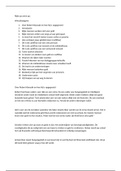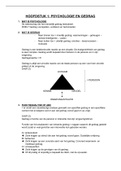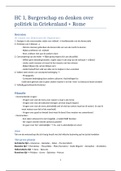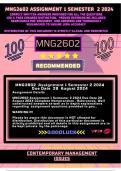Class notes
Kennistoets Destinatiemarketing - Hogeschool Saxion Tourism Management (module 3) - jaar 1
- Course
- Institution
- Book
Alle aantekeningen van de kennistoets van Destinatiemarketing in kwartiel 3, jaar 1. Principes van Marketing H1, 2, 4, 6, 7, 8, 9, 11 en 12.
[Show more]
